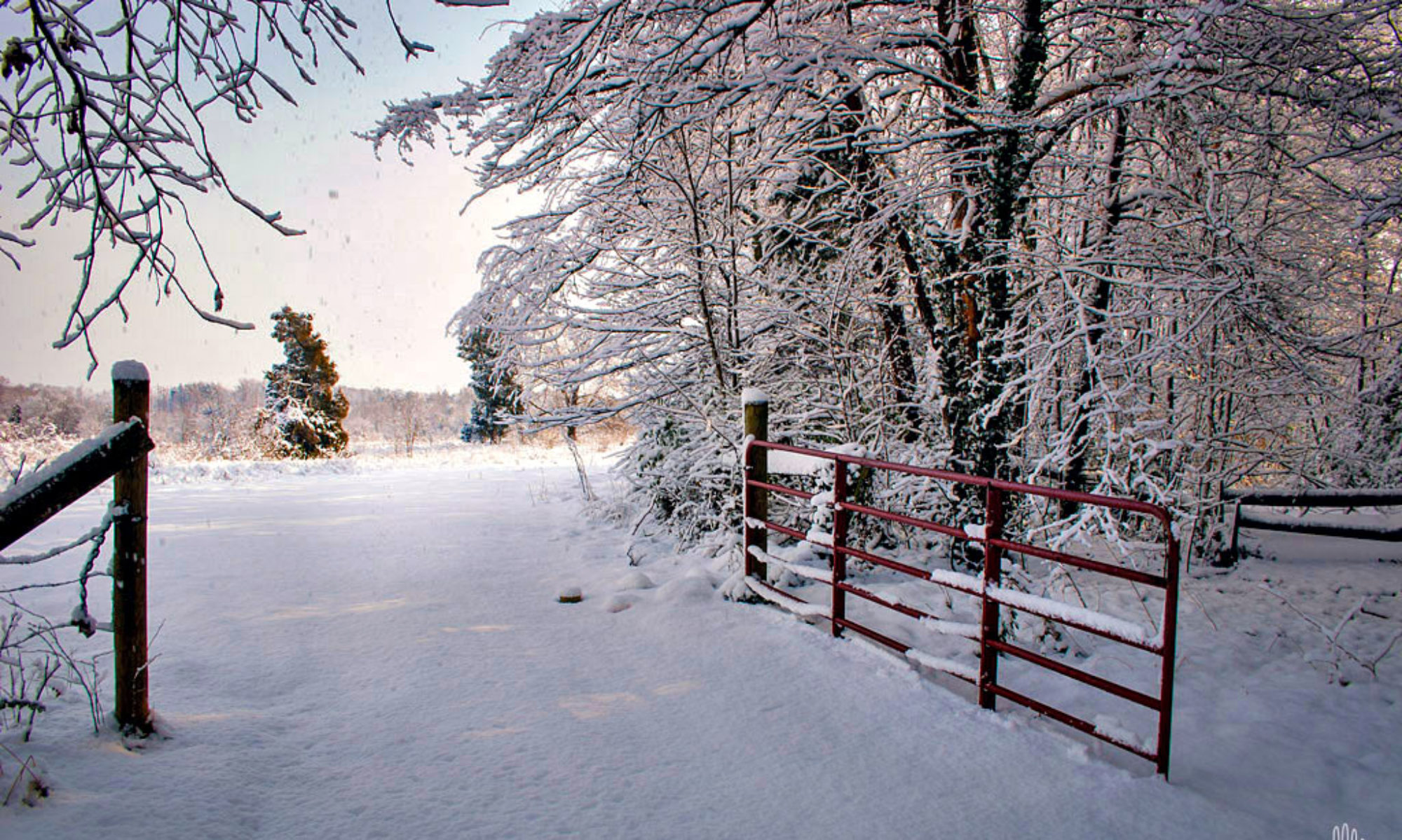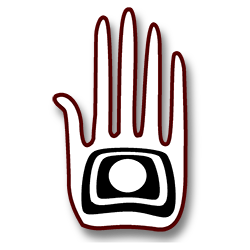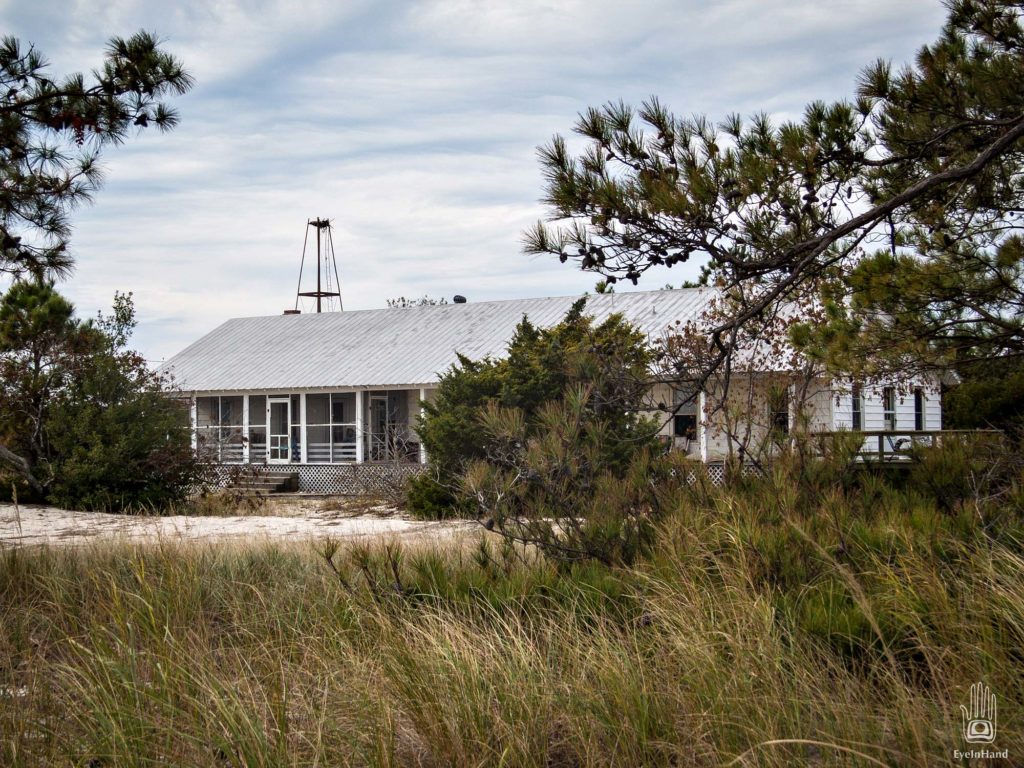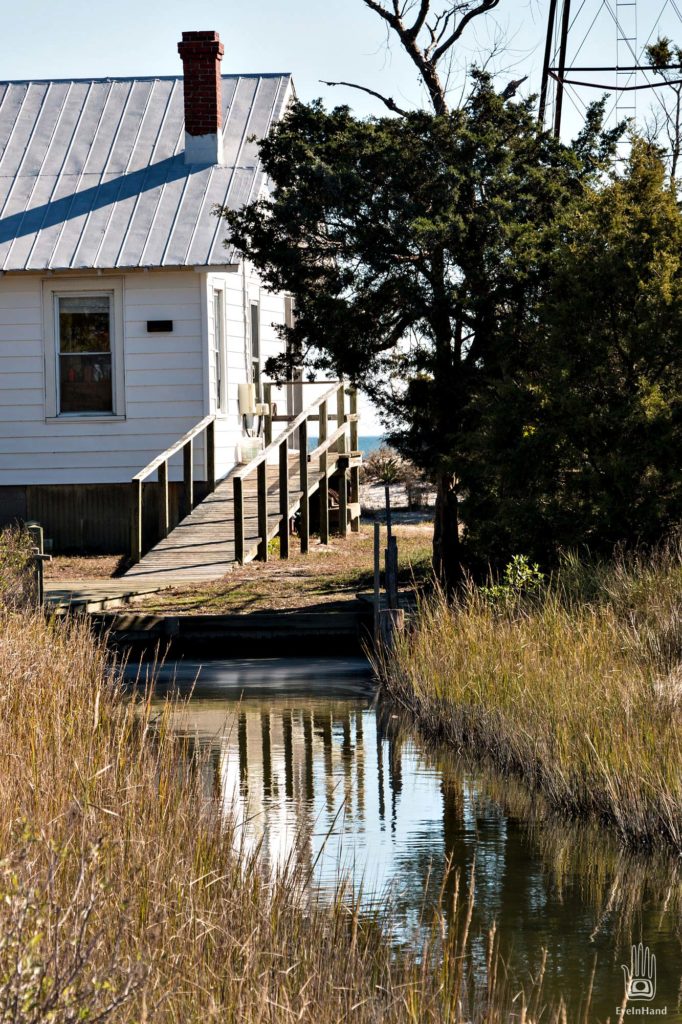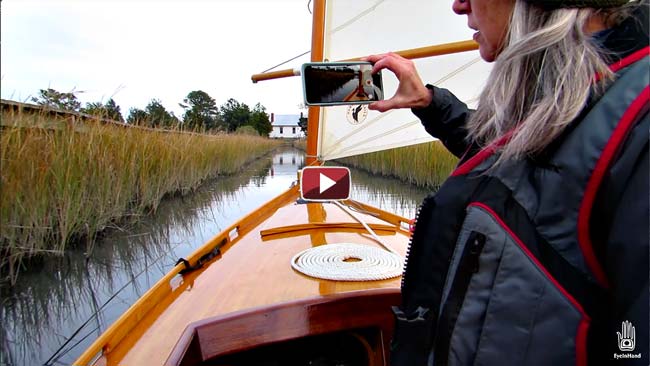
It’s early, and T is sleeping in for the first time in months. After coffee, I leave by the screen door, wade fifty steps through soft sand to the Bay and turn left.
There is only one house on the island. There is no one else here.
The island is two miles long, most of that north of the house. But it is very, very narrow. For most of its length, so narrow you can stand in the marsh and throw a stone across to hit the Bay. More than a sandbar, but to call it a barrier island perhaps exaggerates. There are trees, many of them quite old, but dunes throughout are flattened by overwash from Bay to marsh. It’s clear that water often flows through the trees. No barrier; more like a split rail fence.
The place is raw and wild. Animal tracks everywhere – birds of all kinds, but also otter, fox, raccoon and muskrat. And terrapins. With no one to disturb them, the tracks persist between rains. We find many skeletons. Like the undisturbed tracks, bones remain in place, composed where each creature took a last step.
Continue reading “Winter Harbor ~ The Island, North”
Like this:
Like Loading...

